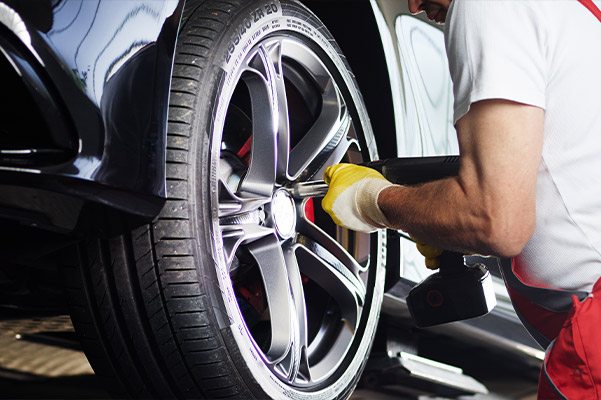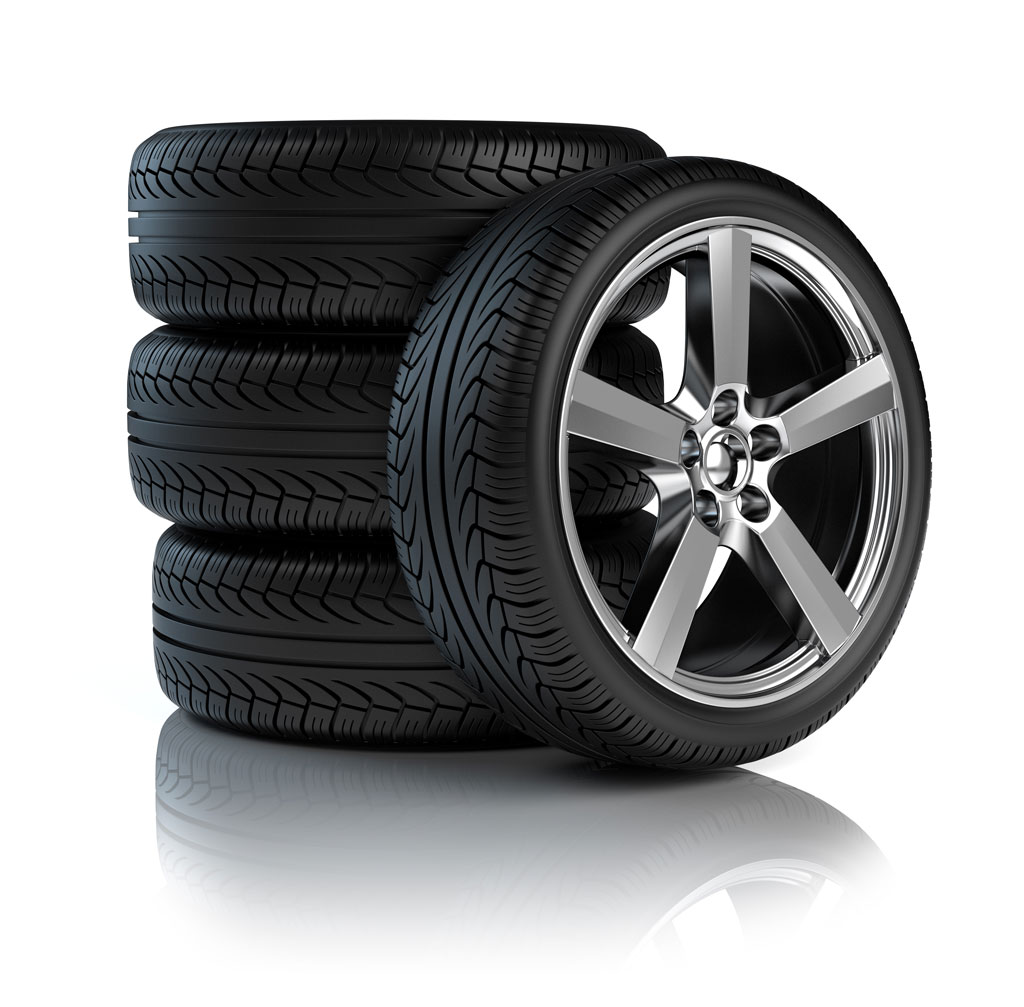Keep Rolling Smoothly: GMC Tires Service by Morris Tires
Wiki Article
Tire Service: The Impact of Climate Condition
When it comes to making certain optimal efficiency and security on the roadway, understanding the influence of weather problems on tire solution is important. GMC Tire Service. In this conversation, we will certainly discover the complex relationship in between climate problems and tire solution, losing light on the value of weather-specific tire upkeep practices and factors to consider.Warmth and Tire Performance
When exposed to heats, tires experience changes in performance that can dramatically impact vehicle safety and security and handling. The heat created from extended driving or hot climate problems triggers the tire rubber to soften, leading to minimized walk life and boosted wear. As the rubber comes to be softer, the tire's grasp when traveling reduces, influencing stopping ranges and total grip. In extreme instances, excessive heat can also create tire blowouts, posturing an extreme safety and security threat to the vehicle and its passengers.
Winter Impacts
Cold climate problems can have a considerable effect on tire efficiency and safety and security. As temperatures drop, tire rubber can set, resulting in decreased grip on icy or snow-covered roads. In winter, tires might also lose atmospheric pressure extra quickly, which can influence managing and fuel performance. Furthermore, cool temperatures can cause tire sidewalls to tense, increasing the danger of damages from craters or various other road threats.To alleviate the effects of chilly weather condition on tires, it is crucial to on a regular basis examine tire pressure and inflate them to the manufacturer's advised degrees. Using winter or all-season tires designed for cold weather conditions can also enhance traction and grip on icy or snowy roadways. Proper tire upkeep, including regular inspections for wear and damage, becomes a lot more essential throughout chillier months to guarantee optimum efficiency and safety.
Rainy Conditions Influence
During rainy problems, tire efficiency and safety can be dramatically affected by the wet roadway surfaces and reduced visibility. The tread pattern of tires plays an important function in keeping grip on damp roadways. Tires with worn-out footsteps are much more prone to hydroplaning, where a layer of water develops up between the tire and the roadway surface, causing loss of traction. To battle this, chauffeurs ought to on a regular basis examine their tires for sufficient tread depth and consider buying tires specifically made for wet problems.In addition, stormy weather can additionally reduce visibility, read more making it testing for vehicle drivers to see the roadway ahead plainly (GMC Tire Service). In such conditions, it is important to change driving rates appropriately and maintain a safe complying with distance to enable for abrupt stops. Effectively inflated tires can likewise assist in maintaining control on damp roadways by offering far better handling and hold
Snow and Tire Safety And Security
Snow-covered roads posture one-of-a-kind challenges for vehicle drivers, emphasizing the significance of appropriate tire choice and upkeep. When driving in snowy problems, having the best tires can make a significant distinction in safety and efficiency. Winter season tires are made with special rubber substances and tread patterns to provide much better traction on snow and ice compared to all-season tires. The much deeper treads and sipes of winter season tires help grip the road better, decreasing the danger of slipping and moving.
In addition, chauffeurs ought to think about setting up tire chains in extreme snowy problems. Tire chains supply extra traction by grasping the snow and ice, improving stability and control. However, it is crucial to adhere to producer guidelines when making use of and mounting tire chains to stop damage to the tires and lorry. By choosing the appropriate tires, preserving appropriate rising cost of living, and thinking about extra grip aids like tire chains, vehicle drivers can improve their security when browsing snow-covered roads.
Weather-Related Tire Upkeep
When faced with numerous weather, appropriate tire upkeep ends up being a critical aspect of lorry security and performance. Weather-related tire upkeep incorporates a series of practices focused on ensuring over at this website ideal tire feature and long life in various weather condition circumstances. One crucial aspect of weather-related tire maintenance is tire pressure law. Varying temperatures can trigger tire stress to differ, affecting traction and gas performance. On a regular basis changing and checking tire stress according to supplier referrals is important for secure driving in changing climate condition. In addition, tire tread depth plays a considerable duty in managing various weather components. Tires with ample step deepness give far better grasp on wet or icy roads, decreasing the danger of skidding or hydroplaning. When tread wear reaches a specific depth is vital for keeping traction and stability in adverse weather condition, checking tire walk routinely and changing tires. By prioritizing weather-related tire maintenance, drivers can boost safety, boost vehicle efficiency, and prolong the life-span of their tires.
Final Thought
In final thought, weather condition problems have a considerable effect on tire performance and safety and security. From heat affecting tire stress and use to cool weather condition reducing grip, it is crucial to think about the climate when preserving and using tires.In this conversation, we will certainly explore the complex connection between weather conditions and tire solution, losing light on the importance of weather-specific tire upkeep methods and factors to consider.

Report this wiki page